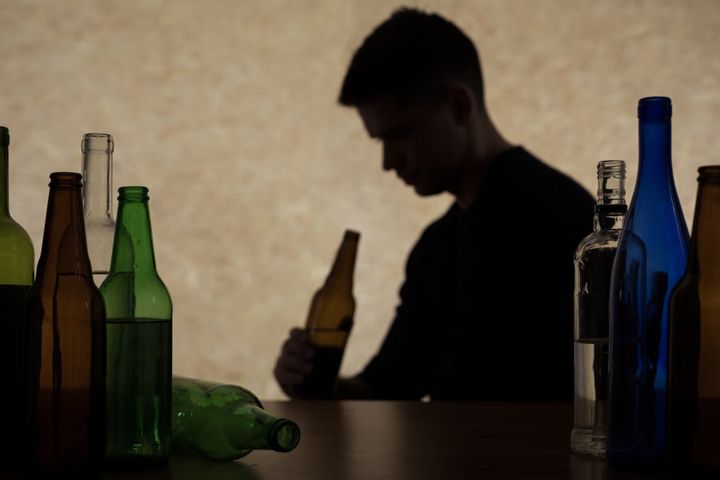
Australians' drinking habits are on the way down, but a quarter of us still drink at dangerous levels -- and our elderly are hitting the bottle more regularly than even our hard-partying young people.
A new report released this week shows young people are starting to drink alcohol later in life, and at less excessive levels, but still a third of 16-24 year olds are putting their health at risk with their consumption. The NSW Chief Health Officer has released the 'Trends in alcohol use and health-related harms in NSW' report, drawing data from multiple previous government and expert reports, to detail how much people in the state are drinking.
While the results are going in the right direction, the numbers are still worrying. Let's unpack a few of the more startling points:
- "A quarter of all adults drink at levels that place their long-term health at risk"
- "One quarter of all adults drank more than 4 standard drinks on a single occasion in the last four weeks"
- "About one in 13 (7.5 percent) adults drink alcohol every day"
- "Harmful drinking is highest for people aged 16-24 years (one in three) and lowest for people over 65 years (one in eight)"
- "Excessive alcohol consumption is the leading contributor to the burden of illness and deaths in Australia for people up to 44 years of age, and third overall behind tobacco and high body mass"
- "It is estimated that the top 10 percent of the heaviest drinkers in Australia are responsible for over half (53.2 percent) of the total alcohol intake"
While the report shows Australians are still literally drinking themselves to death, it does show cause for optimism and hope. Awareness and education programs seem to be working, with alcohol-related hospitalisations for young people on the decrease, and young people starting to drink later and when they do start drinking, they are drinking at lower levels than in the past. The report said around 44 percent of high school students had drunk alcohol in the previous 12 months, compared to 63.5 percent in 2005. In addition, 35 percent of students aged 12-17 said they had never had an alcoholic drink, compared to just 17 percent in 2005.
However, the report does outline that one in three people aged 16-24 drink at levels that increase their long-term risk of harm.

"I am pleased to see that young people are initiating drinking later and are drinking at less hazardous levels than previous years," said Dr Kerry Chant, NSW Chief Health Officer and Deputy Secretary, Population and Public Health.
"It is also encouraging to see there are a decreasing number of adults drinking at levels that increase long-term risk of harm."
Looking more broadly at the wider population, daily drinking is on the decrease. In 2006, 10 percent of adults drank alcohol every day; in 2015, that dropped to just 7.5 percent. One of the more surprising results, however, is that the elderly are our most regular drinkers; around 15 percent of those over 65 -- one in seven people -- drank alcohol daily, compared to less than one percent of 16-24 year-olds and 3.3 percent of those aged 25-44.
Other encouraging statistics include that:
- "The number adults drinking at levels that increase long-term risk of harm has decreased 5.5 percent between 2006 (31.4 percent) and 2015 (25.9 percent)"
- "Alcohol-attributable hospitalisations for 15–24 year olds have decreased over the last 9 years"
- "NSW has the greatest proportion of non-drinkers of any state"
- "NSW has the lowest proportion of persons drinking at levels that increase immediate risk of harm"
- "Alcohol-related emergency department attendances for 15–24 year olds have declined since 2007"